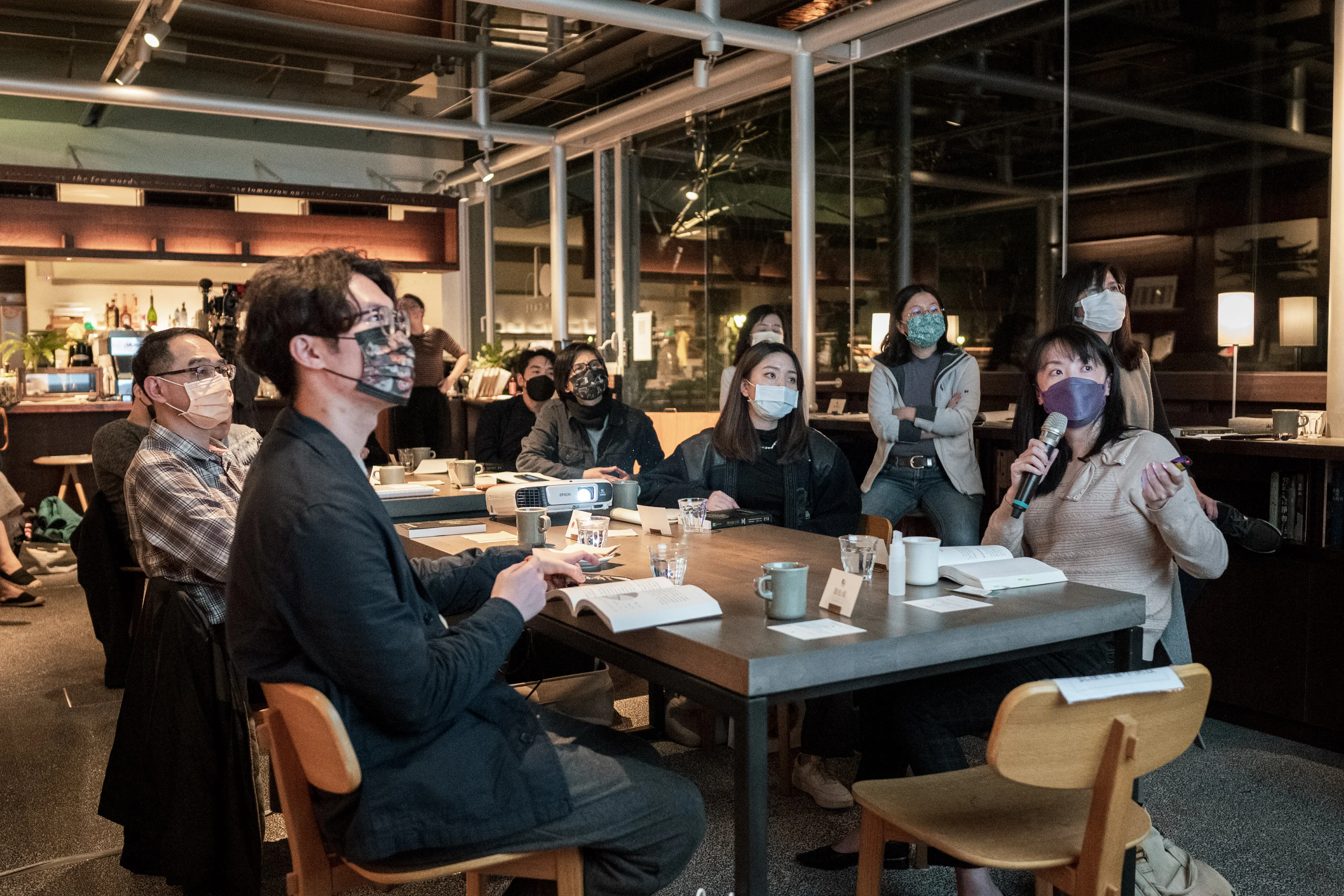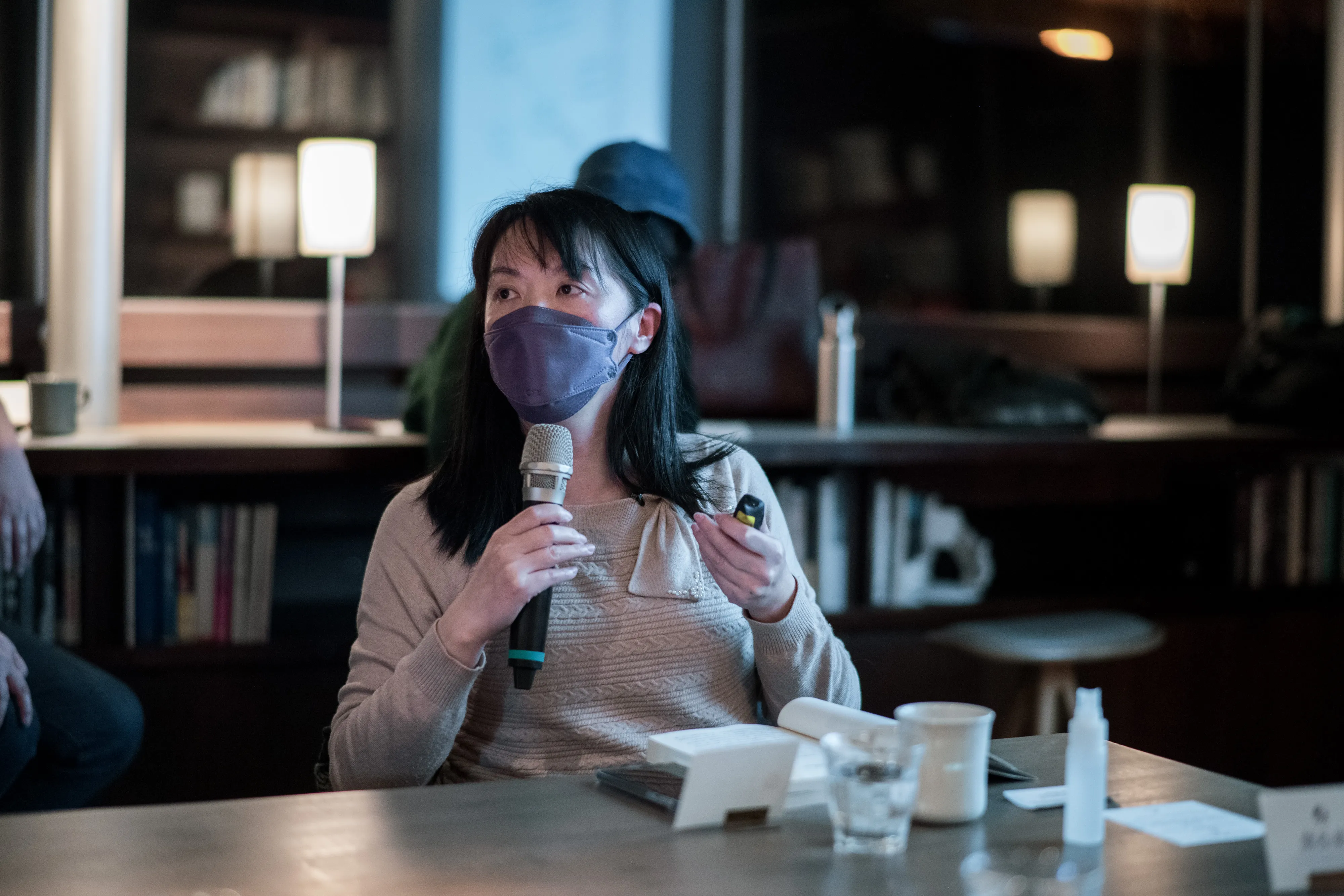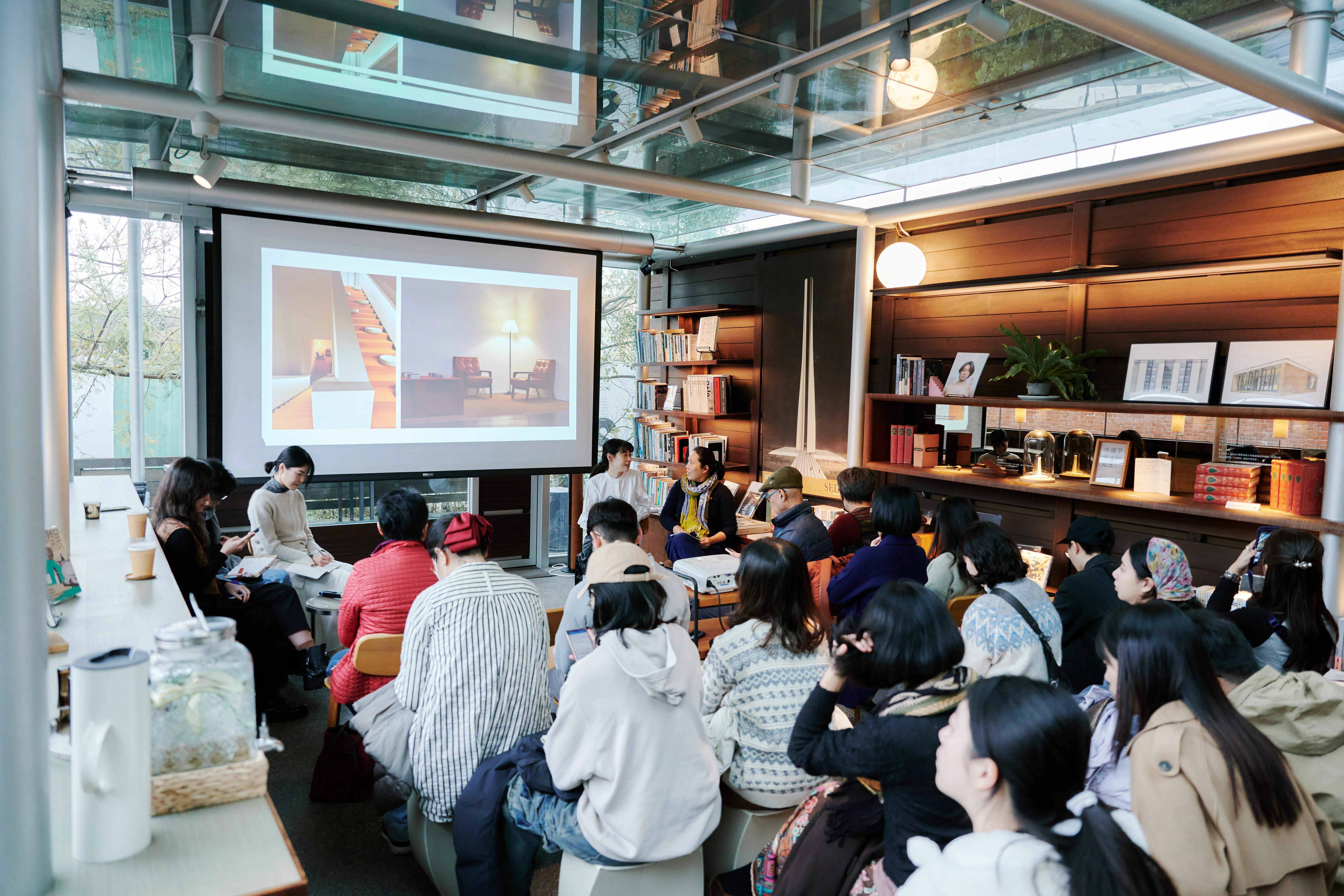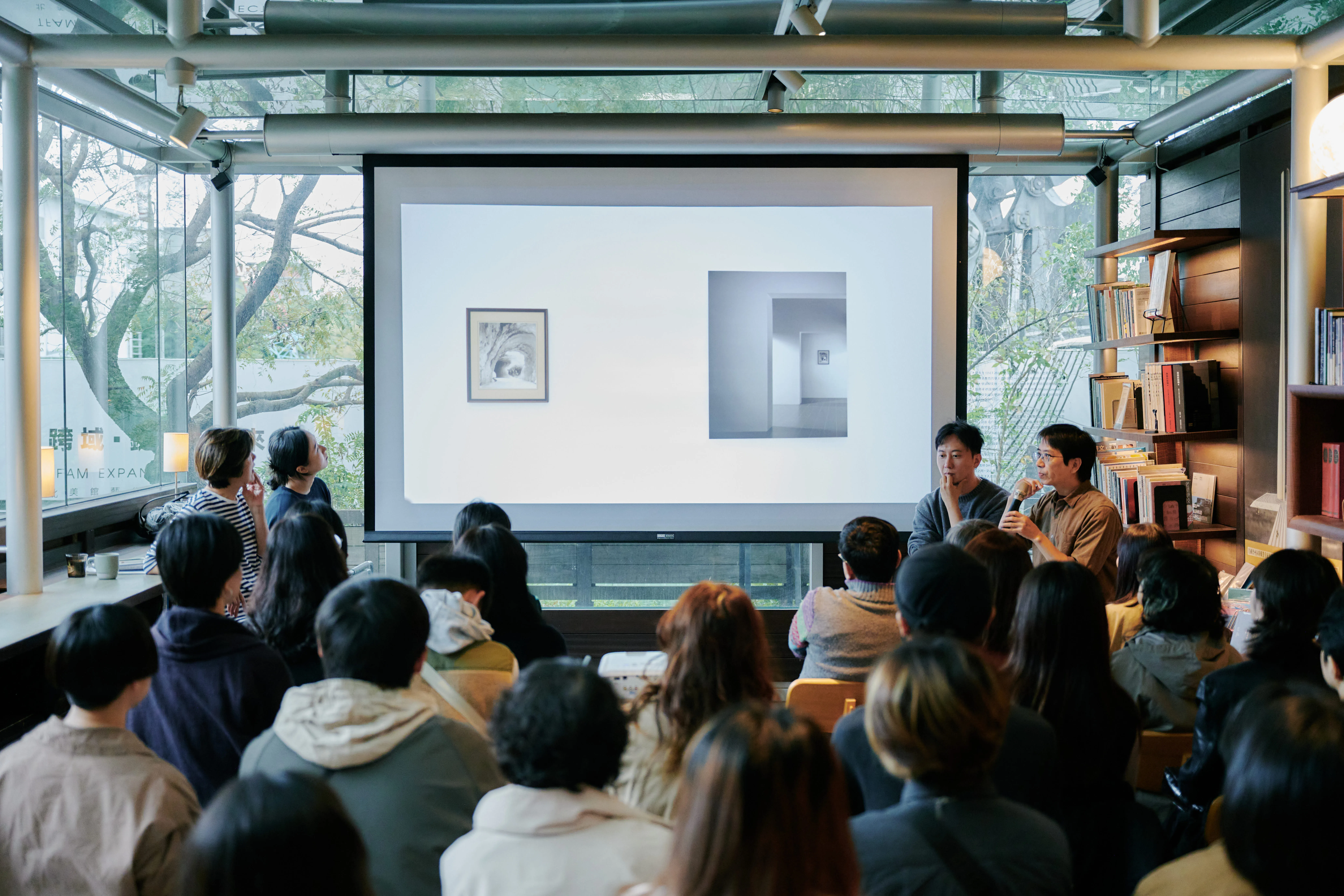
The Chimera Group.New Visions on Urbanism | City and Nature
Speaker
Professor, Institute of Architecture and Urban Development, National Taiwan University, Zhihong Wang
Guest
Associate Professor, Department of Urban Planning and Disaster Prevention, Yu-Ming Chuan University
Location
DH Caf (No. 153, Section 3, Zhongshan North Road, Zhongshan District, Taipei City)
Fee
One session $1500 (including monthly reading books, expert readings, themed salon tips, guided reading notes)
Books
National Academy of Education, Xu Tsuling, Wang Zhihong Ling, “Cities and Nature”. Grouping, 2012. (Original: Lisa Benton-Short, John Rennie Short, Cities and Nature)
Introduction
Chimera Reading Salon: New Perspectives of the City continues the spirit of The Chimera Group, a transdisciplinary arts society founded in the 1950s by Mr. Wang Dao, who often invited artists to meet in his home. The Chimera Group started from “architecture” and gradually expanded to performing arts, art, literature, photography, and commentary. Years of free and open cross-domain communication at Wang Daishi's home. With “City” at its core, the first series will invite Professor Wang Zhihong, Institute of Architecture and Urbanism, National Taiwan University, and special guests to explore new perspectives on urban space culture through six of his translated urban space books. The fifth lecture will be based on the book “Cities and Nature” and will lead students to an in-depth discussion through an introductory reading by Professor Wang Zhihong and sharing by Special Guest Professor Shek Yuan-yu.
“City and Nature”
“There are no 'natural' disasters in cities, just as there are no cities that exist independently of nature.”
Geoscientists tend to think that cities are just social phenomena, while environmental scientists tend to ignore cities. Thus, Cities and Nature aims to discuss how urban nature and cities themselves are affected by society by reviewing the city, reconnecting science and social science, critically ignoring mainstream academic treatises that ignore the foundations of urban life and living environments.
The book revolves around three core themes: 1 the urban environment in the historical context; 2 the issue of urban-natural relations; and 3 (re) reshaping the urban-nature relationship. Content includes advanced readings and case studies on Bangladesh, Paris, Delhi, Rome, Cuba, Thailand, Los Angeles, Chicago, New Orleans, and Toronto. The author attempts to reintroduce the perspective of social science by examining the physical environment of urban nature, cities and cities. This book is of great value to students and scholars of environmental studies, urban studies and planning.
Event Recap
Many people intuitively think that “city” and “nature” are opposites. In fact, in the process of urban development, the natural environment has always played a supporting role, and how to coexist with them is a real challenge for people. Early urban planning At an early stage of development, resource allocators often partitioned land use in order to differentiate ethnicity, social class, and gender, resulting in spatial inequalities and making vulnerable groups more vulnerable to disaster. For example, in Taipei, some areas such as Suzhou Island have become prone to flooding due to past urban disaster prevention plans, which increase the risk of flooding for residents in the area. This shows that environmental science and social science should be considered at the same time when looking at the cities in which people live, so that there is an opportunity for more comprehensive planning and improvement. The rise of the city is an ancient story and a contemporary prophecy. Humanity has tried to domesticate nature in the course of its evolution, but what has changed in the end has often been the colonization of human beings themselves and the spaces they create. And issues such as natural disasters, pollution and resource depletion not only force people to rethink our way of life and nature, but also remind us to think about how to create sustainable living conditions when planning artificial environments.
.webp)

.webp)
.webp)
.webp)





